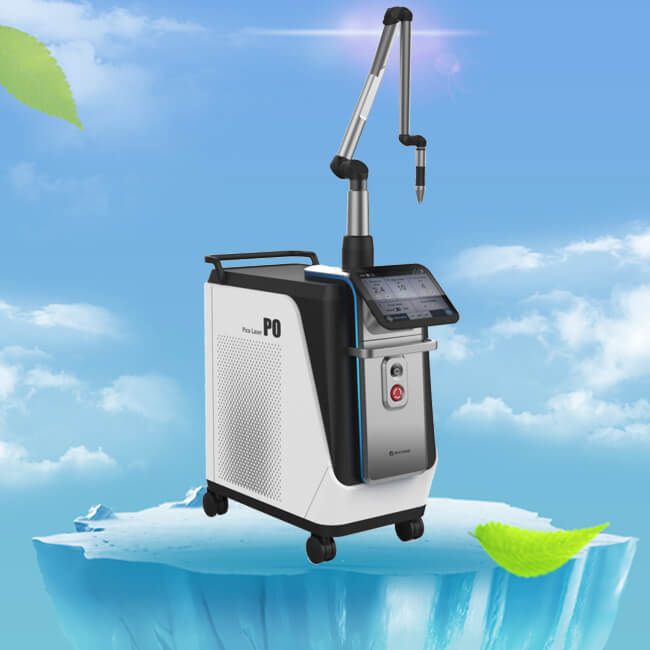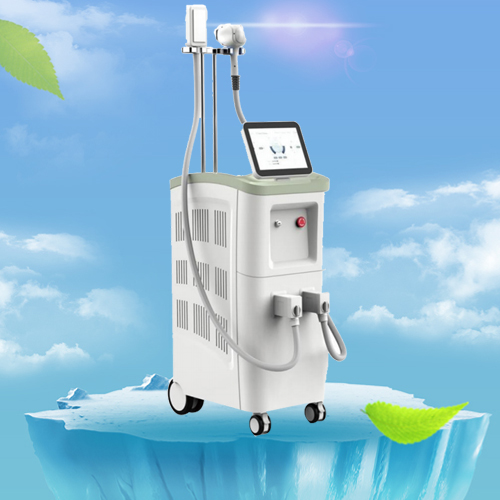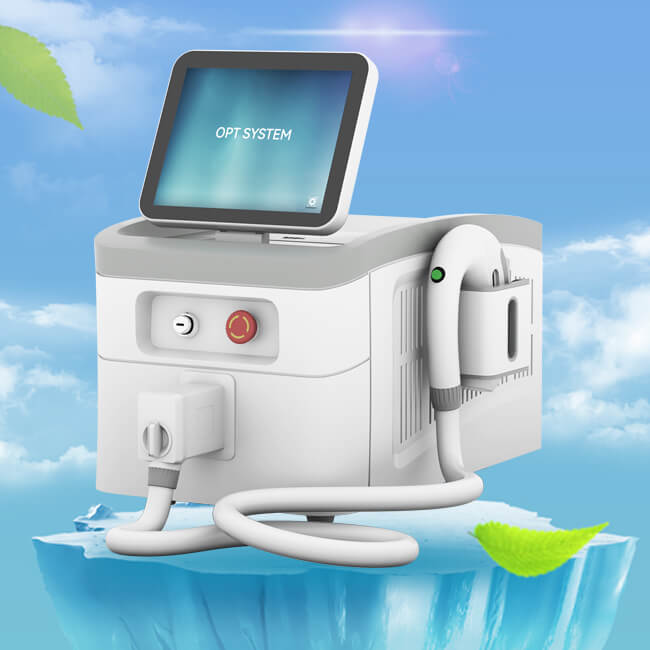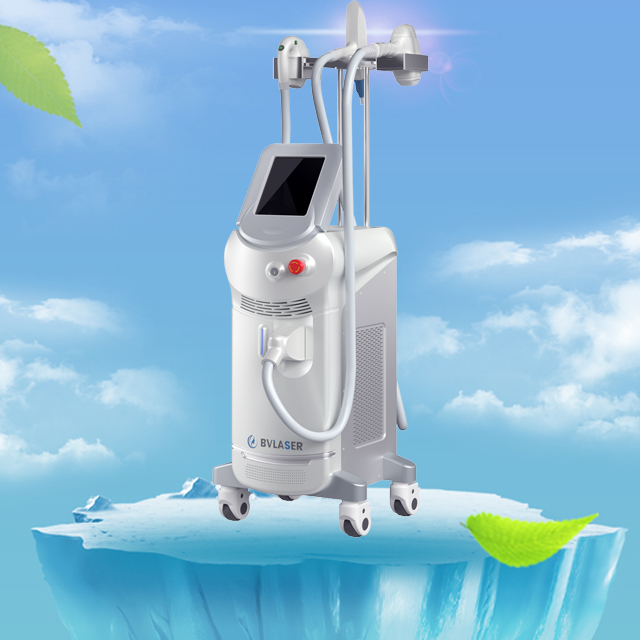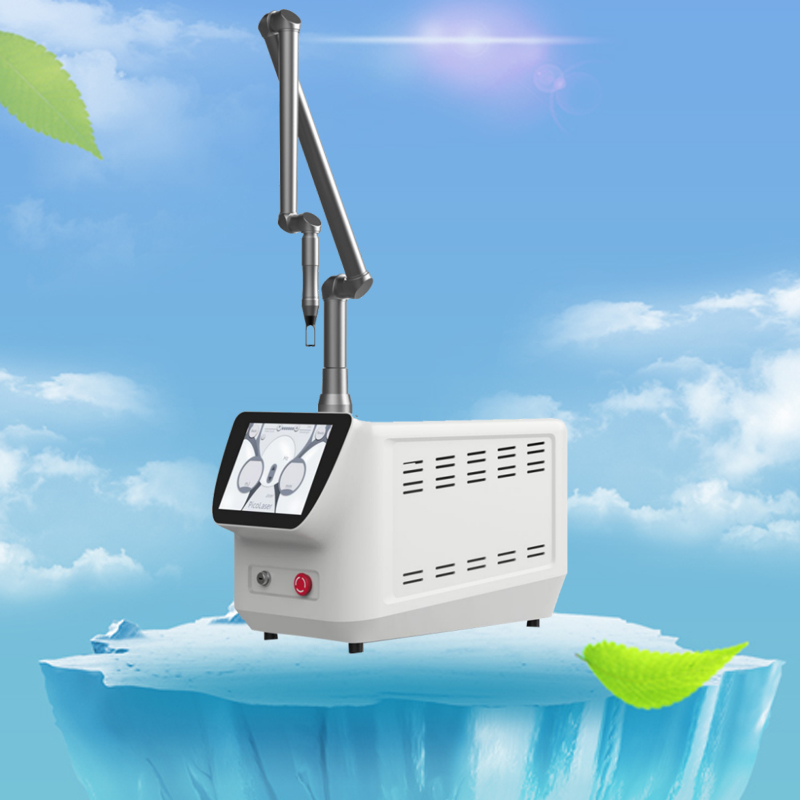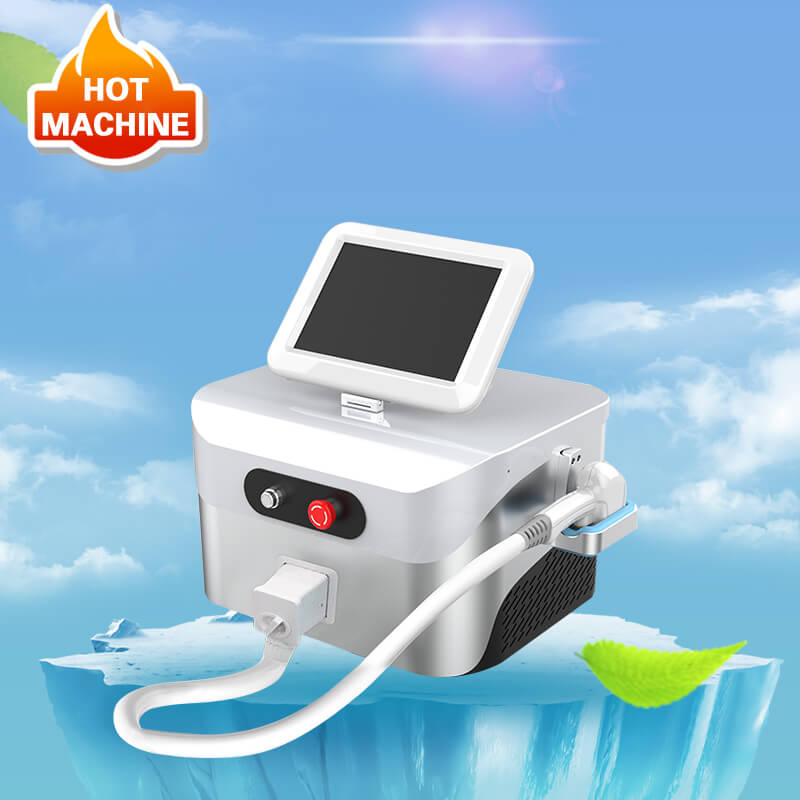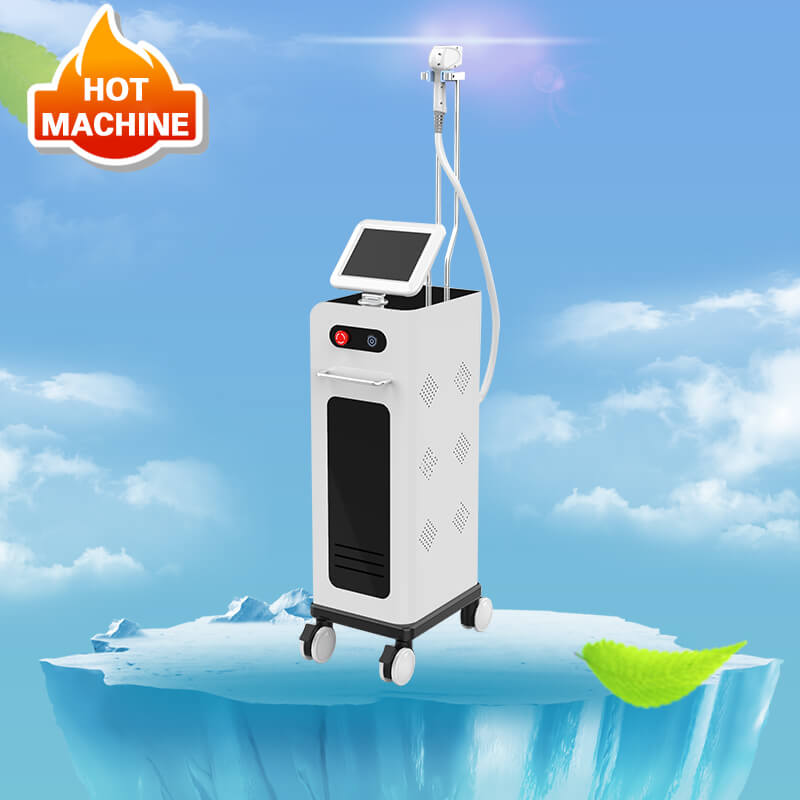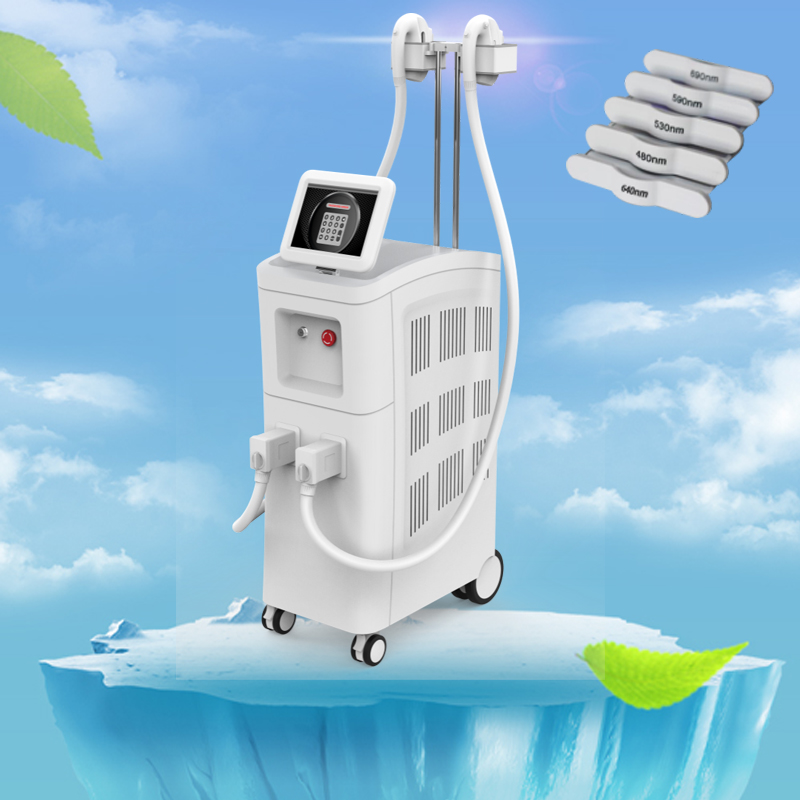Erbium Glass Laser Vs CO2 Laser: Which is better?
Author:baishilf Time:2024-04-07 15:04:26
With each passing year, as age begins to catch up, it is perfectly normal to begin taking an interest in skin rejuvenation and skin resurfacing treatment options. Laser resurfacing technologies represent an exciting development to improve tone, texture and pigmentation of the skin. Of these, CO2 fractional laser and erbium glass laser are both commonly used for skin rejuvenation and resurfacing.
Although both of these ablative laser-based treatments are effective in resolving issues pertaining to skin textures, they differ from each other in some aspects including treatment mechanism, depth of treatment, and properties.
In this article, we will discuss the differences between the fractional Erbium laser and the CO2 laser as well as its effectiveness on different skin conditions. Bestview Laser is a China erbium glass fiber laser manufacturer, we have erbium glass fractional fiber laser 1550nm machine for sale. If you want to wholesale erbium glass laser, please contact us.

Ablative Laser Resurfacing
Although erbium glass laser and CO2 laser are both classified as ablative lasers, they have different properties. But before we dive into their differences, let’s first understand what ablative lasers are.
Ablative laser skin resurfacing involves the selective thermolysis of the epidermal and superficial dermal layers of the skin by targeting them with light energy, leading to better skin quality and tone. During the procedure, water in the skin cells absorb light energy from the laser emitting thermal energy, which destroys the surrounding tissue.
Ablative lasers vaporize tissue and therefore are more aggressive compared with the gentler non-ablative lasers that leave the skin intact. Although ablative lasers result in far more downtime and a lengthier recovery process, they remain the lasers that produce the most dramatic skin resurfacing outcomes. Non-ablative lasers are free of the side effects of ablative lasers and leaves the epidermis intact while producing rejuvenating skin effects. By comparison, the treatments are gentle and requite less downtime, but produce a more moderate response.

Erbium glass Laser and CO2 Laser: What’s the Difference?
CO2 laser was once a major advancement in the area of facial skin resurfacing and has been used with great success for the treatment of wrinkles, photoaging, scarring as well as pigmentation. However, problems with prolonged healing, prolonged redness, risks of hyperpigmentation and hypopigmentation has led to the development of the erbium glass laser.
Additionally, the higher incidence of post inflammatory hyperpigmentation following a CO2 laser treatment in darker skin types is a major disadvantage of the CO2 laser over the erbium glass laser.
When laser energy interacts with tissue, there are four possible outcomes: absorption, scatter, reflection, and transmission. The amount of each depends to a large part on the wavelength of the laser energy and chromophore of the tissue.

Erbium glass laser versus CO2 laser: Which is more effective?
1.Treatments on Wrinkles/Fine lines
Studies have shown that CO2 lasers cause immediate contraction of the ablated areas by denaturing existing old collagen. This stimulates new collagen, and collagen content continues to increase well after the procedure. As a result, CO2 lasers work best at alleviating fine wrinkles.
That said, similar results can be derived from the erbium glass laser by passing it multiple times over the treatment zone. It also provides a more precise ablation of the skin with even less damage to the surrounding tissue.
2.Treatments on Acne Scars
In the treatment of acne scars, however, the effects of fractional CO2 cannot be reproduced with erbium glass laser due to its deeper penetration. Studies have shown that CO2 lasers produced more significant results in textural issues like acne scars in comparison to erbium glass laser. However, it is also reported that despite CO2 lasers having superior results, the erbium glass laser is better tolerated with less downtime in acne scar patients.
Apart from the risks of hyperpigmentation and hypopigmentation, post-procedure discomfort was slightly more pronounced after the erbium glass laser treatment in the first few days, but later on there were more complaints following the CO2 laser treatment.
3.Laser resurfacing for skin rejuvenation
Erbium glass laser can be used with great precision to control the thermal damage inflicted during the procedure. Therefore, it is possible to tailor the treatment protocols based on individual patient conditions. This ability to control thermal damage also allows the practitioner to use more superficial treatments with almost no downtime, and much less risk of PIH.
Subject to the style and speed of the treatment, erbium glass laser treatments can be fine-tuned for increasing or decreasing the heat delivered to the skin with decreased thermal tissue effects.
Which is more suitable for me: Erbium glass laser or CO2 laser?
Each laser is better suited for different skin types and concerns, so the best way to know which laser is best for you should be based on a professional evaluation, not the brand of laser. Research and consult with an experienced physician to learn more about your skin condition and explore your treatment options.





